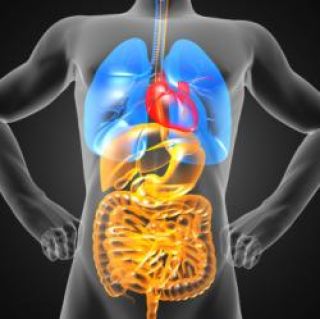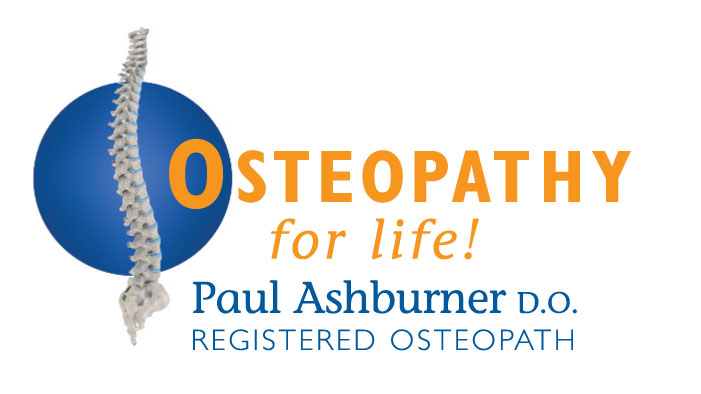
The Osteopathic Approach
Many people have heard how effective the Osteopathic approach is for painful muscles and joints, or have felt for themselves how back and neck pain has been relieved by Osteopathic treatment. This page looks at ways of treating your body using the specialised techniques of Visceral Osteopathy.
What Conditions Respond to Treatment
Any of the conditions that you would normally go to your osteopath with could have a visceral component. It is sometimes necessary to treat parts of your body which may not be obviously related to the symptoms.
Structure Governs Function
The guiding principle of Osteopathy is that "STRUCTURE GOVERNS FUNCTION". This means that the shape of a joint or an organ will define how it should move, and if it is unable to move properly it will not function at its best. It is not so widely appreciated that the same philosophy extends to all the organs and tissues in your body.
Viscera: The Soft Organs
Viscera refers to the organs and their soft membranes. Viscera have slippery surfaces and are attached to the walls of body cavities and the spine by ligaments. Whenever your spine moves the organs attached to it must also move. The internal organs must allow the trunk to bend and twist and the diaphragm to move during breathing. The organs move in ways which are determined by their supporting ligaments. Adhesions and tensions can alter or restrict these movements and stress the organs.
If your viscera is not able to move properly it will create stiffness or pain elsewhere in your body. If you can hear creaks and feel pain on normal movement this is a sign that you are at risk. The longer this continues, the greater the strain on your body.
Visceral Restrictions
You can see Visceral restrictions reflected in your posture. When an organ can no longer move normally it sets up abnormal points of tension that your body must now move around. This can happen gradually and it may only be when someone tells you that you are no longer standing straight that you notice you have stiffened up and some movements are difficult.
When you have tension in the front of your body it makes you bend forward. When the tension is to one side it makes you twist toward that side. There is a saying in Visceral Osteopathy that "the body hugs the lesion". This means that a person will look as if they are trying to wrap themselves around the tense area.
Why Does it Happen?
There are many ways that Visceral restrictions can happen:
• After surgery as your wound heals it can form tight scarred areas. The scarring can be deep, and as it takes months or even a year to form, it often goes unnoticed.
• Bacterial or viral infections such as pneumonia or influenza ("flu") can damage organs and membranes at a cellular level. Patients are often surprised during treatment to feel sensations that they remember from when they were ill a long time ago.
• Viscera can be injured if your body suffers trauma, such as a car crash. The shock from the seatbelt can travel through your chest and be felt in the stomach, heart and left kidney.
• You may have been born with a damaged organ or a condition such as scleroderma. Even though that condition may be untreatable it is usually possible to treat other areas to improve your general health and help you to compensate more easily.
Finding Restrictions
Osteopaths are trained to find areas which feel excessively tense or vulnerable. We do this by looking at your posture, talking to you about your lifestyle and medical history and by palpating areas of your body which show signs of strain. Of course, if it is considered that there is a more serious condition, then you will be referred accordingly.



